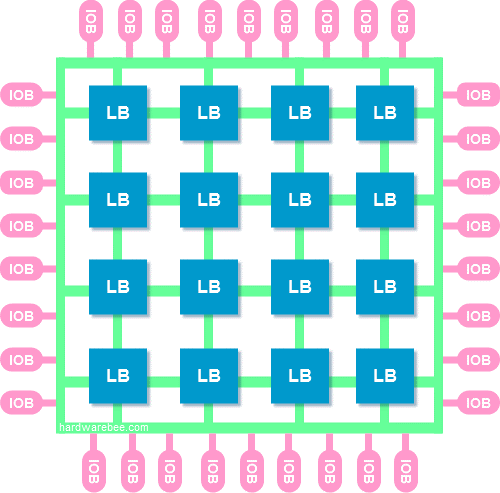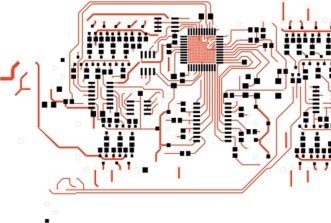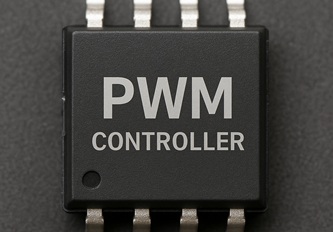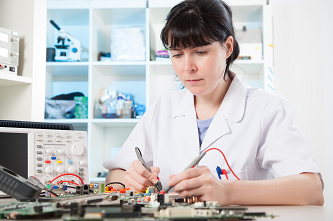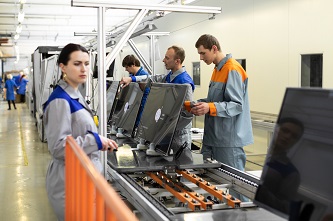This website uses cookies so that we can provide you with the best user experience possible. Cookie information is stored in your browser and performs functions such as recognising you when you return to our website and helping our team to understand which sections of the website you find most interesting and useful.
FPGA vs GPU, What to Choose?
27/02/2019, hardwarebee
Whenever you are starting a new project, one of the first steps is to determine what technologies you will be needing in order to start the development process, knowing that you will meet the target cost and performance. In fact, today there are several technologies to choose from, but as an engineer, your job is also to select the right technology — ensuring you achieve the best possible end results and are able to create the optimal version of the intended product while meeting all of your short- and long-term business goals.
It can prove to be rather difficult to determine what is best for your project. There are ASICs, FPGAs, microprocessors, and GPUs among others, each with their own special features that make them ideal for various purposes.
In this article, we will take a look at two of these, namely FPGAs vs. GPUs and contrast and compare to see what separates the two:
What are FPGAs?
FPGAs or Field Programmable Gate Arrays are devices comprising of programmable logic blocks which can be configured to perform different logic functions. The logic blocks are connected to each other with electronic wiring that makes for the internal routing system of the chip – interconnects — that can be turned on and off. An FPGA can be reconfigured by programming the logic blocks and manipulating the internal routing. As such, FPGAs can be reprogrammed even after deployment which makes them ideal for systems and devices that need frequent updates such as prototypes, networking products and other electronic systems.
What are GPUs?
GPUs or Graphic Processing Unit were initially designed for graphics only, but have found themselves enhanced to become compatible for use with a number of applications across the board. In the 1980s, they were only used to offload graphics from the CPU, which used to be extremely simple in that time. As we progressed, graphics began to become more advanced, with the introduction high resolution images, 2D and 3D imaging and video processing, which also meant that GPUs had to become advanced as well. Each image is composed of thousands of pixels which are processed by hundreds of identical cores that are specifically designed to execute multiple functions in a parallel manner. Because of their extremely efficient parallel functioning, GPUs are now being used in a variety of different fields and applications, including some of the world’s fastest ever supercomputers for the execution of multiple mathematical functions all at once.
A GPU is a chip that performs fast mathematical calculations, primarily for the purpose of video. It consists of a large number of slow and fast processors that are working in parallel. GPUs can compute vector math, matrix math, pixel transforms and rendering jobs about 10-100x faster than the equivalent CPU performance.
FPGA vs GPU Comparison
Architecture
GPUs and FPGAs have a completely different architecture. GPUs is essentially an extremely fast and efficient computing device that consist of many parallel processors. GPUs are built for parallel calculations (many parallel ALUs) and fast memory access. FPGAs consist of an array of logic gates that can perform any digital implementation desired by the developer. FPGA can be a networking switch, a CPU or a bitcoin miner. FPGA offers the maximin possible flexibility to the digital engineer.
Power Efficiency
Both FPGAs and GPUs are not considered as low power devices. But compared to GPUs, FPGAs are considered to be more power efficient solution because FPGAs consist of only hardware functions while GPUs tend to be highly power consuming as they need it to facilitate software programmability therefore consist of much gates. In addition to that, FPGAs came come in many sizes so the designer can choose a device size that fits perfectly to the application.
Processing Power
FPGAs are programmable chips that can be designed to implement any digital function or calculation by hardware. This meant that FPGAs can be programmed to implement GPUs. While this is correct, it is important to note that FPGA’s programmability features adds delays to all the logic gates and to the internal routing. This means that in some cases a GPU could be performing faster and become a more powerful processing machine than an FPGA.
Programming
FPGAs can be programmed using Hardware Description Language or HDL such as VHDL and Verilog. GPUs can be configured using general purpose software programming languages, including C, C++, Java, Python etc.
Flexibility
FPGAs tend to have more flexible architecture as compared to GPUs. With GPUs, your reprogramming capabilities are restricted as the data flow in these structures is determined by software and is directed by a complex hierarchy of the GPU’s internal memory.
Peripheral Additions
FPGAs can be connected to almost any digital or analog chips such: transceiver interfaces, converters, wireless interfaces, as well as a number of other peripherals to facilitate its use. GPUs generally do not support a host of peripheral additions and are largely limited to the likes of cache memory.
Convenience
GPUs, comparatively, are easier to use than FPGAs as the development process for the latter tends to be much more knowledge extensive and complicated than for the former, which explains why GPUs are now being applied across a multitude of fields these days.
ASIC Prototyping
Due to their reprogrammability and configurability, FPGAs are the optimum choice for prototyping purposes. GPUs cannot be used for this reason. ASICs are permanent and expensive to manufacture which is why the electronic design must first be tested through an FPGA so that any errors can be sorted out and changes can be made instead of having to revamp an ASIC.
Typical Applications
FPGAs are revered for their optimum and cost effective performance in addition to the fact that they can be configured multiple times and serve various functions through the course of their applied life cycle. When it comes to GPUs, however, they are better suited for target applications such as video processing, floating point calculations, image analysis since they are loaded with high processing power.


